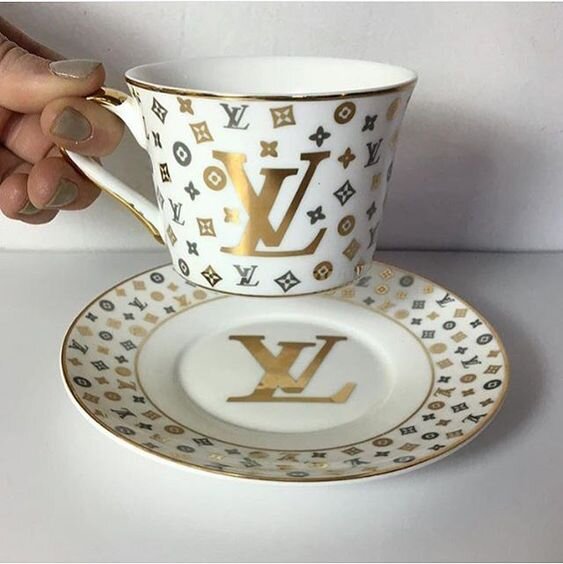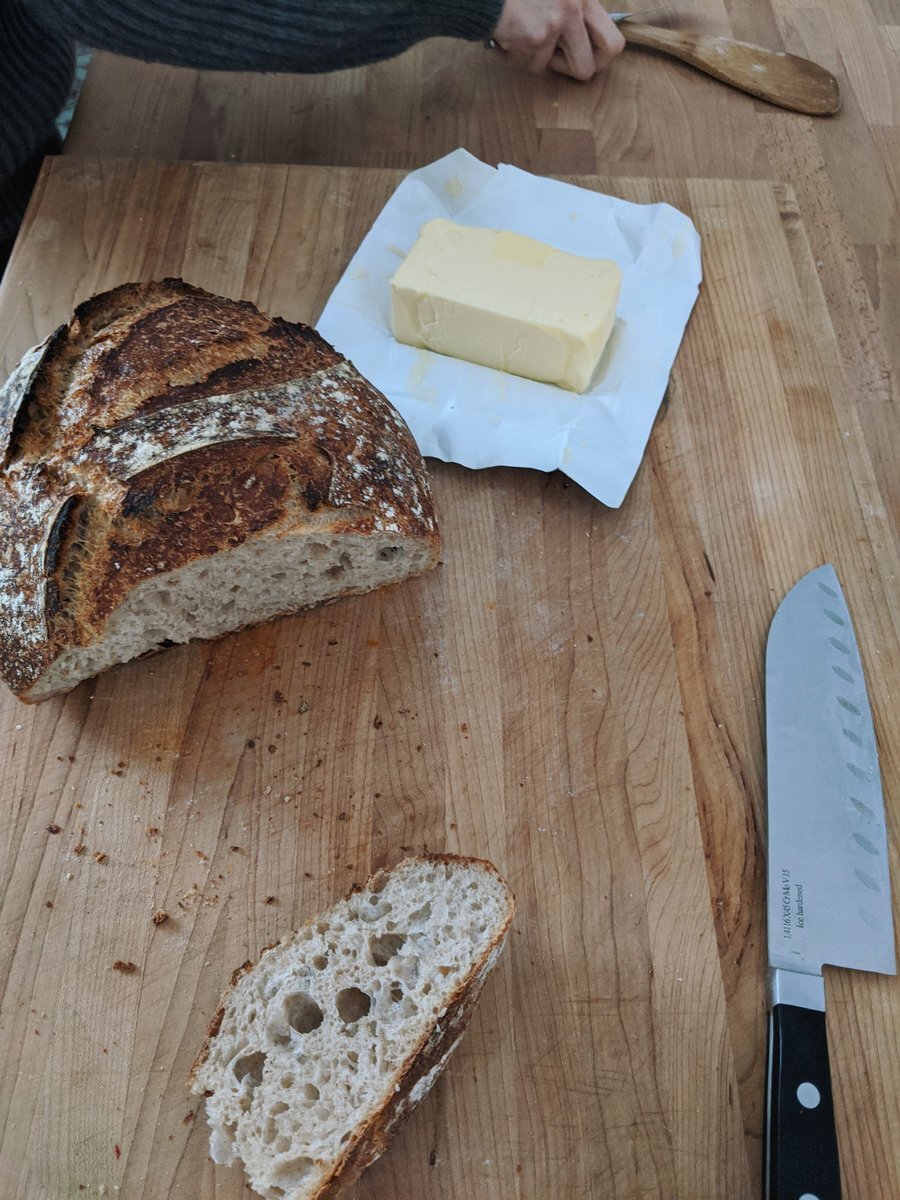The Experience Economy

Anyone who knows me will know that I am a huge believer in the experience economy. Most of us already understand the shift in consumer preferences from the acquisition of ‘things’ to ‘experiences’, but in retail I believe there will be great shifts upcoming to how stores are operated in this context. What can we as consumers expect from the ‘Store of the Future’?
In fashion, there has been talk for years about stores switching entirely online. COVID has certainly amplified this trend, and the argument from here is that consumers will have become so used to shopping online that they will no longer venture to stores to buy their clothes.
While I absolutely agree with this to an extent, I do believe there will be a place always for traditional stores. This is largely because you cannot replicate the experience of seeing a product in person and the touch and feel, especially at the top end of the market. Again, from research we conducted as a team during my business school experience, we also found that 90% of customers still equate the store as the first and most important touch point in their relationship with a brand.
So what does that mean, specifically?
That means that if I view myself as a ‘Prada type of person'- the actual experience of walking into the store, seeing the layout, noting the visual merchandising and feeling the vibe (i.e. my experience in the store), is still the first moment where I as a consumer connect with the brand, and understand if that brand really represents ‘me’. Independently I can like the products or see the brand symbols from Instagram or other media, but luxury has always been about building value into brands, and finding consumers and advocates that connect with and uphold your specific brand DNA. This creates long term relationships and emotional connections, and is the essence of building a solid long term brand. The store therefore is still the most important place for this connection to be ignited, and for many consumers the store is still where all the brand messaging pulls together in the physical realm.
So what of this? We know that the store is the first touch point of the brand, and we know that at the moment there are far too many stores in existence, far too much product on display, and too few shoppers. The natural response is a culling of the amount of stores, and improvements in e-commerce so that the retail experience is truly a seamless omnichannel one start to finish. That way consumers can have a curated in-store experience, with all the ease and convenience of shopping online.
While I wholeheartedly believe this is a great and clean approach, I also believe there are great great opportunities for brands that are brave and experiential with their DOS. It’s all good and well to think consumers as digital natives will spend all their time shopping online, but frankly people still need things to do with their time.
And here lies the opportunity. I can see in the future a high street similar to that of the Japanese model- whereby there are less stores, but stores are far more inventive and experiential. This shift allows consumers to connect both emotionally and physically with the brand, and feel as if they have gained something from the brand in terms of experience. We are now in the world where people are no longer looking to buy just the thing, but are looking to acquire the experience that comes along with that thing. Most importantly, by making the retail experience as immersive and engaging as possible, this allows the brand and the brand values to come alive, and to give a symbolic and almost artistic space for this fusion to occur in the mind of the consumer.
Lastly, an experiential store acts as a communications device, and gives otherwise closed consumers a reason to interact with your brand. As Glossier has taught us, stores are much more than the physical space, and they can become both a POS and a strategic communications device.
For fun, we can coin this term ‘Retailtainment’. And to me, it is only the start. Our economy is shifting to a less is more approach, but that less better be experiential and value add.
To check out some examples of incredibly unique and inventive stores, I’d recommend looking at Gentle Monster in Beijing, Glossier in New York, The Galaxy store in Harajuku, or the Hermès Carré Club in New York.












